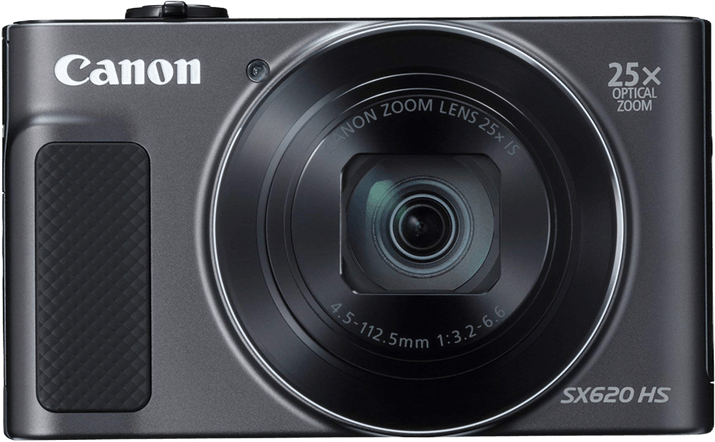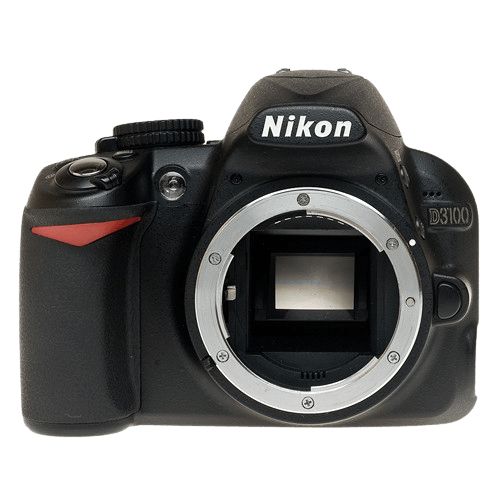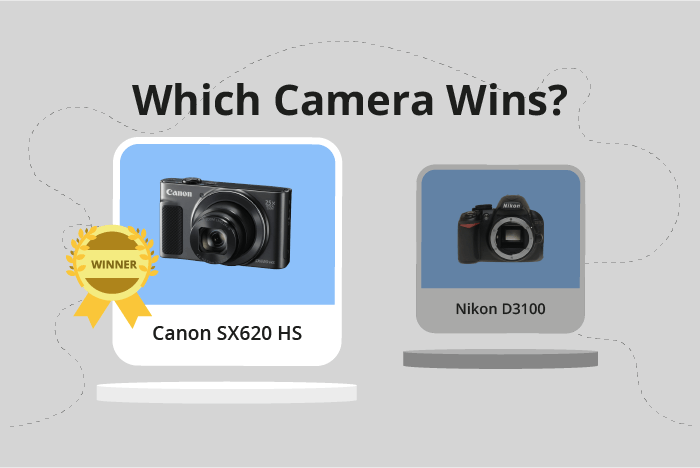Canon PowerShot SX620 HS vs Nikon D3100 Comparison
Canon PowerShot SX620 HS

Nikon D3100

The Canon PowerShot SX620 HS surpasses the Nikon D3100 with a score of 49/100 compared to 41/100. Both cameras share similarities, such as being released in the 2010s, with the Canon in 2016 and the Nikon in 2010. However, the Canon excels as a more compact and lightweight option, measuring 97 x 57 x 28mm and weighing 182g. Additionally, its launch price of $279 is more affordable than the Nikon’s $699.
On the other hand, the Nikon D3100 is a DSLR camera, which typically offers better image quality and performance. Its larger size (124 x 96 x 75mm) and heavier weight (505g) reflect its more advanced features.
Considering these points, the Canon PowerShot SX620 HS is a superior choice for those seeking a compact and budget-friendly camera, while the Nikon D3100 is better suited for users looking for advanced performance and image quality.
Canon PowerShot SX620 HS vs Nikon D3100 Overview and Optics
The Canon PowerShot SX620 HS outperforms the Nikon D3100 in optics with a score of 54/100, a 13-point lead over the Nikon’s 41/100. Both cameras share common specifications, such as CMOS sensor type and similar DXOMARK sensor scores, with the Canon at 65 and the Nikon at 67. However, the Canon’s strengths lie in its higher megapixel count, image stabilization, and aspect ratio.
The Canon PowerShot SX620 HS boasts 20 megapixels, providing more detailed images than the Nikon D3100’s 14.8 megapixels. This difference in resolution allows for better image quality and larger prints. Additionally, the Canon features image stabilization, which prevents blurry photos caused by camera shake. This technology is absent in the Nikon D3100. The Canon also has a 4:3 aspect ratio, which is more versatile for various display formats and cropping options.
On the other hand, the Nikon D3100 has a faster shooting speed of 3 frames per second, compared to the Canon’s 2.5 frames per second. This advantage allows the Nikon to capture fast-moving subjects more effectively. The Nikon also has a larger APS-C sensor size and an interchangeable Nikon F DX lens mount, offering more flexibility in lens choices and better low-light performance.
However, these advantages do not outweigh the Canon PowerShot SX620 HS’s higher score and overall better performance in optics. The Canon’s superior megapixel count, image stabilization, and aspect ratio make it the better choice for those prioritizing image quality and versatility. The Nikon D3100 may be more suitable for action photography and those seeking lens options, but its lack of image stabilization and lower optics score make it less appealing overall.
Canon PowerShot SX620 HS vs Nikon D3100 Video Performance
When comparing the Canon PowerShot SX620 HS and the Nikon D3100 in terms of video capabilities, it is important to note that the Nikon D3100 does not have any video functionality. As a result, this comparison will focus solely on the video capabilities of the Canon PowerShot SX620 HS.
The Canon PowerShot SX620 HS has a video score of 43 out of 100. It is capable of recording Full HD videos with a maximum resolution of 1920 x 1080. The camera’s maximum video frame rate is 30 frames per second. However, it does not have built-in time-lapse functionality.
Considering the video capabilities of both cameras, the Canon PowerShot SX620 HS offers video recording features, while the Nikon D3100 does not. This difference may be a significant factor for potential buyers who require video functionality in their camera.
Canon PowerShot SX620 HS vs Nikon D3100 Features and Benefits
The Canon PowerShot SX620 HS wins the features comparison with a score of 41/100, while the Nikon D3100 scores 36/100. Both cameras have a 3-inch screen and lack touchscreens and GPS capabilities. However, there are differences that make the Canon PowerShot SX620 HS the superior camera in terms of features.
The Canon PowerShot SX620 HS has a higher screen resolution of 922,000 dots compared to the Nikon D3100’s 230,000 dots. This provides a clearer and sharper display for better image preview and menu navigation. Additionally, the Canon SX620 HS has a flip screen, which allows for more versatile shooting angles and ease of use in different situations. The camera also has built-in WIFI, enabling wireless image transfer and remote control capabilities, which the Nikon D3100 lacks.
On the other hand, the Nikon D3100 has no features that surpass the Canon PowerShot SX620 HS. Both cameras lack Bluetooth capabilities, and the Nikon D3100 does not have any additional features that would give it an advantage over the Canon SX620 HS.
The Canon PowerShot SX620 HS is the better camera in terms of features due to its higher screen resolution, flip screen, and WIFI capabilities. The Nikon D3100, although slightly behind in the features comparison, is still a reliable camera with a 3-inch screen and standard features. Ultimately, potential buyers should consider their specific needs and preferences when choosing between these two cameras.
Canon PowerShot SX620 HS vs Nikon D3100 Storage and Battery
The Nikon D3100 outperforms the Canon PowerShot SX620 HS in storage and battery with a score of 53/100 against 29/100. Both cameras have one memory card slot and accept SD, SDHC, and SDXC cards. However, the Nikon D3100’s battery life is significantly longer, providing 4,500 shots compared to the Canon SX620 HS’s 295 shots. The Nikon D3100 uses an EN-EL14 battery, while the Canon SX620 HS uses an NB-13L battery.
The Canon PowerShot SX620 HS has the advantage of supporting USB charging, unlike the Nikon D3100. This feature makes it convenient for users who need to recharge their camera on the go.
Considering the storage and battery aspects, the Nikon D3100 is the clear winner due to its superior battery life. The Canon PowerShot SX620 HS offers the convenience of USB charging, but this advantage is overshadowed by the Nikon D3100’s performance in this category.
Canon PowerShot SX620 HS vs Nikon D3100 – Our Verdict
Are you still undecided about which camera is right for you? Have a look at these popular comparisons that feature the Canon PowerShot SX620 HS or the Nikon D3100:

